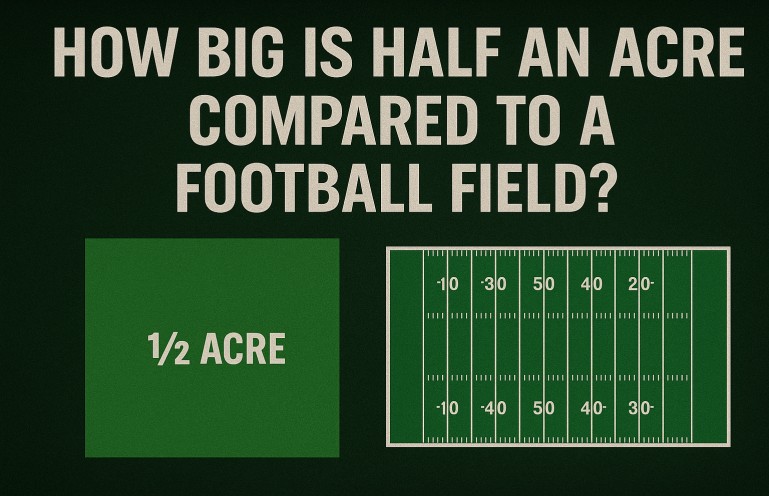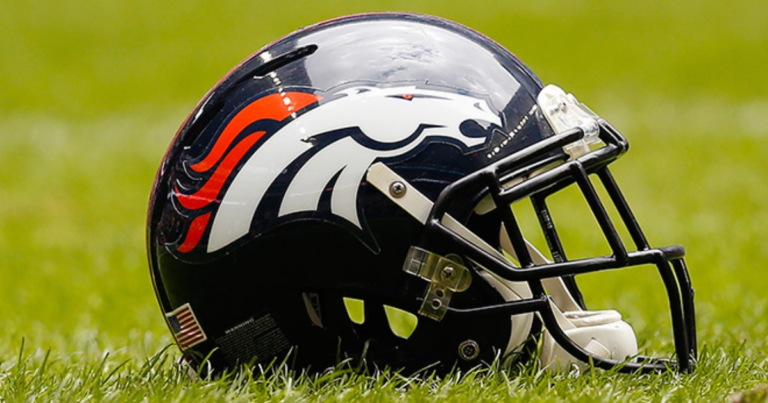How Many Players on Offense in Football?
Football is a game of skill, strategy, and teamwork, and players, supporters, and future coaches must all comprehend how the offensive side operates. A team’s success is ultimately determined by the number of players on offense and how well a play works. This article breaks down the specifics of how many football players are on offense into sections that are easy to understand and go into great detail.
Overview of the Offensive Team
Every team fields 11 players on offense in typical football games, whether they are played at the high school, collegiate, or professional levels. By outwitting the opposition defense, these players are in charge of moving the ball forward and scoring points.

Key positions like the quarterback, running backs, wide receivers, and linemen are usually included in the offensive lineup. For a play to be executed successfully, each role is essential.
Key Offensive Positions and Their Roles
The quarterback (QB)
The offensive team is led by the quarterback. They
In the huddle, call the plays.
The center will give you the snap.
Run the ball, pass it, or hand it off.
Linemen on the offensive
In addition to creating openings for running plays, the linemen offer protection. Among their breakdowns are:
Center: Gives the quarterback a snap.
Guards (2): Provide running lanes and protect the quarterback.
Tackles (2): To stop defenders, offer edge protection.
WRs, or wide receivers
The goal of wide receivers is to catch passes. Depending on the design of the play, teams typically field two to four wide receivers.
RBs, or running backs
During rushing plays, the ball is handled by running backs. Typical kinds consist of:
The main ball carrier is the tailback.
Fullback: Can run or catch the ball, but focuses on blocking.
Formation Rules and Player Distribution
In order to adhere to football rules, the attacking team needs to:
Put seven players typically tight ends and linemen on the line of scrimmage.
Place the wide receivers, running backs, or quarterback in position four of the backfield.
Officials can penalize illegal formations, like having fewer than seven players on the line, thanks to this balance, which ensures fair gameplay.
Newly Implemented Rules Impacting Offensive Formations
The goal of recent rule modifications has been to improve offensive tactics and player safety. Among the updates are:
Illegal Formation Rules: Tighter enforcement of players’ pre-snap positions to guarantee that eligible receivers are easily identified.
Timing of Player Substitutions: When making their own substitutions, offenses must give the defense an opportunity to do so.
Increased Motion Use: Giving qualified receivers more latitude in their pre-snap motion to produce exciting plays.
How to Understand Offensive Strategies
Take into consideration the following actions to understand how effective an offensive lineup is:
Identify the Formation: Determine whether the squad is utilizing a modern or traditional spread offense.
Pre-Snap Motion: Pay attention to how players move before the play begins, since this frequently gives away the action that is being planned.
Examine the Roles: Take note of how linemen shield the quarterback and how receivers set up for a block or pass.
Watch the Play Develop: Pay attention to how players’ duties affect their yardage.
Table: Offensive Player Positions and Numbers
| Position | Number of Players | Primary Role |
| Quarterback | 1 | Pass, handoff, or run the ball |
| Running Backs | 1-2 | Carry the ball, block |
| Wide Receivers | 2-4 | Catch passes |
| Tight Ends | 1-2 | Block and catch passes |
| Offensive Linemen | 5 | Protect quarterback, block |
FAQs
1. Can the offense have fewer than 11 players?
No, each team must field 11 players on offense for every play. If fewer players are on the field, the team risks penalties for illegal formation or delay of game.
2. What happens if more than 11 offensive players are on the field?
If the offense fields more than 11 players, they will incur a penalty for illegal substitution, resulting in a 5-yard loss.
3. Are all offensive players eligible to catch passes?
No, only certain players are eligible to catch passes. Typically, wide receivers, running backs, and tight ends are eligible, while linemen are not.
4. How have recent rule changes affected offensive strategies?
Rule changes, such as stricter formation enforcement and expanded motion options, have allowed teams to become more creative while ensuring player safety.
Conclusion
You may enjoy football much more if you know how many players are on offense and what their duties are. A variety of positions are represented in the typical 11-player lineup, and each player makes a distinct contribution to the team’s success. Teams keep pushing the limits of offensive play by utilizing dynamic techniques and adjusting to newly enforced regulations.







